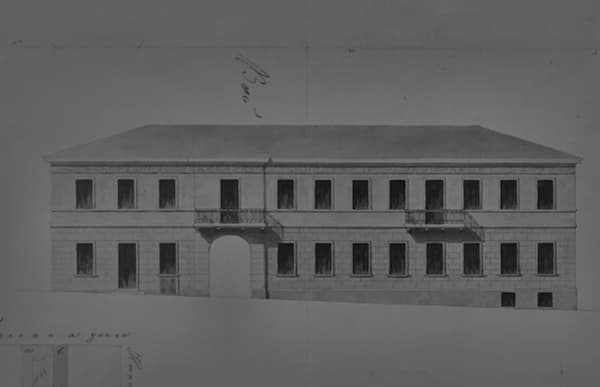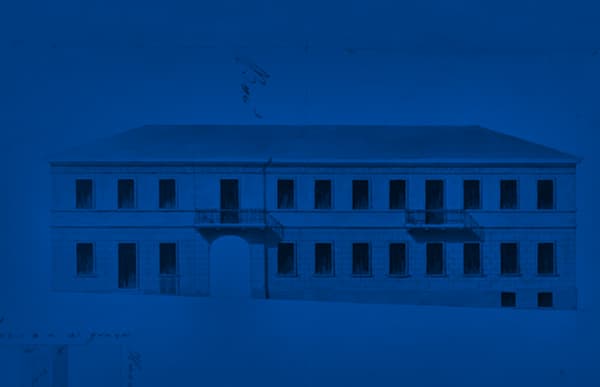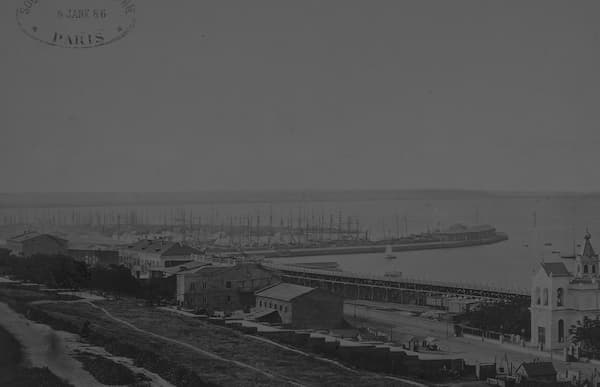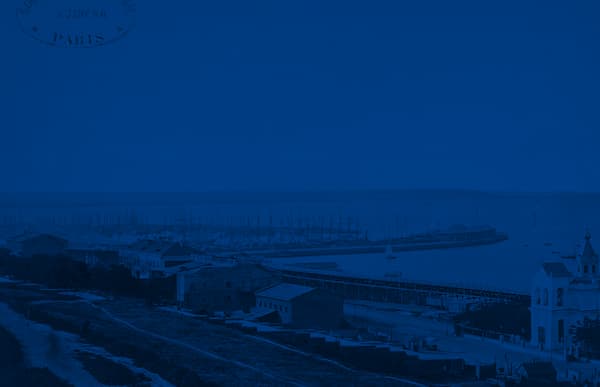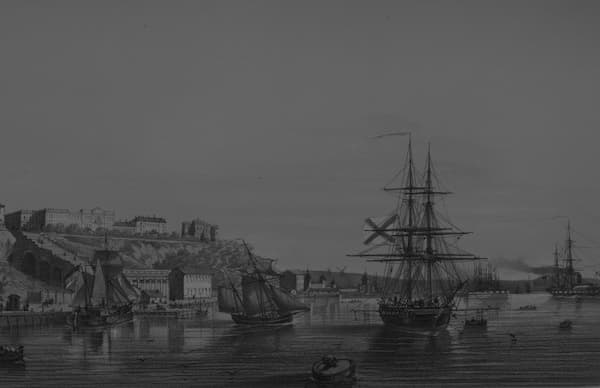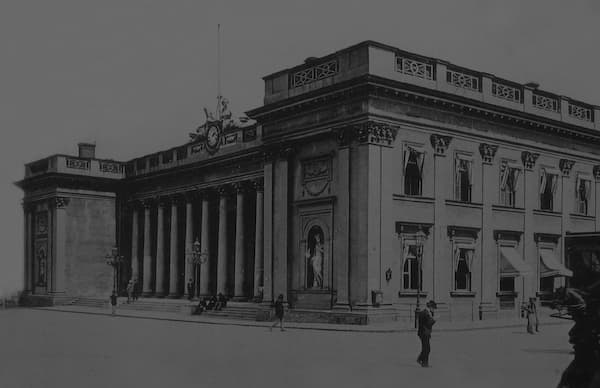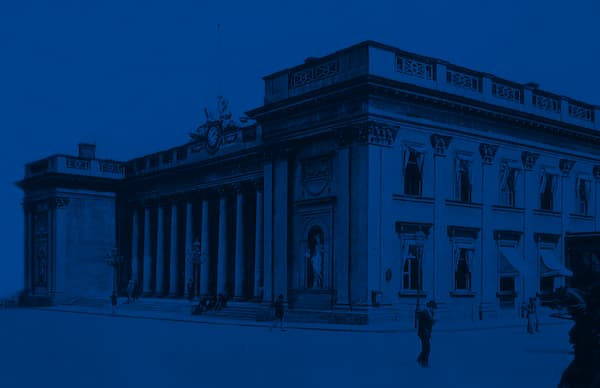Odesa, Hydrotherapy Clinic Valikh, 1901-1902
At the end of the 19th century, Odesa had a number of hydrotherapy clinics, including that of Yakov Valikh, directed by chief physician Veniamin Abel. Bernardazzi drew up his own design, radically modifying a proposal by local engineer Semen Landesman (1860-1920) to arrive at this orientalising palace, with its neo-Moorish and richly decorated façade, suggested by its functional purpose (associated with a hammam). This reassuring symmetry is to be found in many contemporary works by Bernardazzi and his local fellows. While many European cities were developing lines of architectural research based on the asymmetrical articulation of buildings and new forms of expression (as in the case of Art Nouveau), the historicist approach and symmetrical façade layouts continued to dominate in Odesa. Bernardazzi’s residential or commercial buildings, or the Weinstein Mills complex, built near the harbour around 1880-1890, seem to betray a characteristic feature of local architecture: an adherence of Odesa’s bourgeois society to these principles? A tribute to the urban regularity of the city? (Today considered to be the most controlled development in Eastern Europe during the long 19th century).
Author: Guillaume Nicoud
Version dated: 03.07.2022
